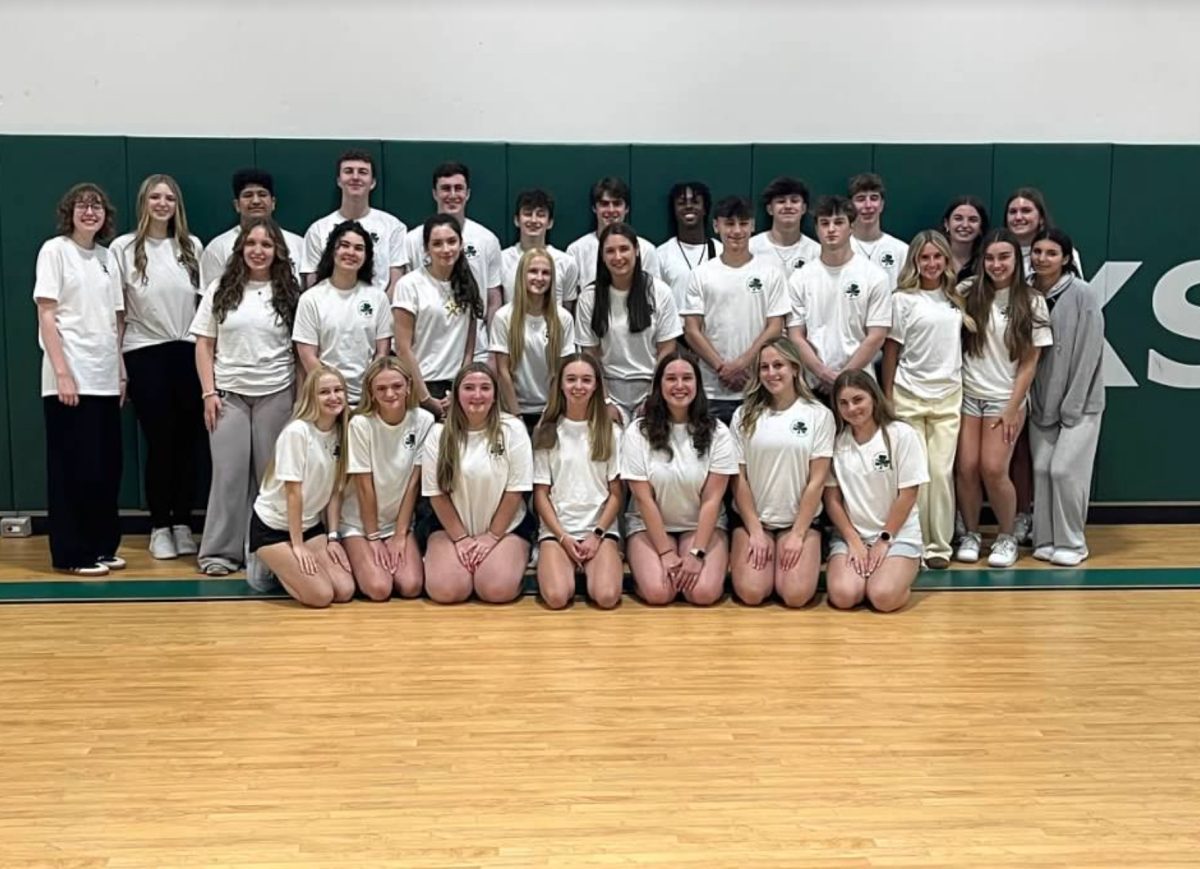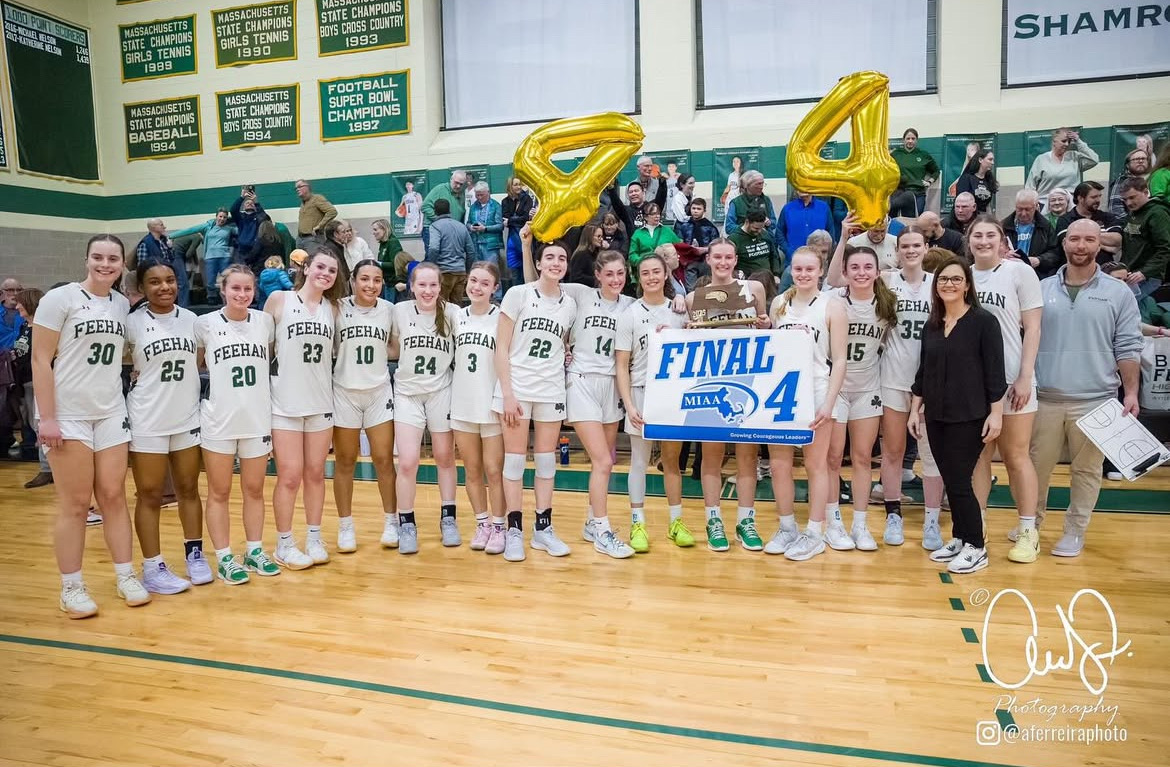Election Day 2024 is approaching quickly! Over the past year, I’ve written about the primary elections and chaotic general election season, but it’s all coming to an end now. (All 2024 polling numbers and win percentage chances come from FiveThirtyEight and are as of about 9:00 pm on Tuesday, October 29).
The race between Vice President Kamala Harris (D-CA) and former President Donald Trump (R-FL) appears to be very close. In 2016, Trump lost the popular vote by 2.1% but narrowly won the Electoral College, and in 2020 he lost by 4.5% but only narrowly lost the Electoral College. Now, as of October 29, Harris leads the popular vote by only 1.4% — which might not be the best sign for her. Polling in many swing states remains tight: the FiveThirtyEight polling averages in Pennsylvania (19 electoral votes, R+0.2), Michigan (15, D+0.8), Wisconsin (10, D+0.4), Nevada (6, D+0.1), Arizona (11, R+2.2), Georgia (16, R+1.8), and North Carolina (16, R+1.0) are all close. Margins for Harris are stronger in Minnesota (10, D+6.0), New Hampshire (4, D+5.2), Virginia (13, D+6.4), New Mexico (5, D+7.1), Colorado (10), and Nebraska’s 2nd congressional district (1), while margins for Trump are stronger in Florida (30, R+6.4), Texas (40, R+7.2), Ohio (15, R+7.9), Iowa (6), Alaska (3), and Maine’s 2nd congressional district (1).
In the end, the election will come down to the Rust Belt (Wisconsin, Michigan, & Pennsylvania) and Sun Belt (Georgia, North Carolina, Arizona, & Nevada), like it did in 2020. If Harris wins all the Rust Belt states but none of the Sun Belt states, she’ll win the election with 270 votes (provided every elector in the Electoral College votes for who they’re supposed to). This was Biden’s path to victory in 2020: he won by narrow margins in Michigan (2.78%), Pennsylvania (1.16%), and Wisconsin (0.63%), with additional victories in Nevada (2.39%), Arizona (0.31%), and Georgia (0.23%). If Trump wins North Carolina again and flips Georgia and Pennsylvania, he’ll win the election with 270 votes. Like the past few elections, this one looks to be extremely close. FiveThirtyEight has the candidates at near-even odds: as of October 29, the odds are 53/47 in favor of Trump, but it’s still essentially a coin flip. Polling hasn’t always been entirely accurate in recent elections — it underestimated Republican support in 2016 & 2020 but underestimated Democrats in the 2022 midterms — so it remains to be seen how accurate it will be this year.
The presidential election is not the only national election that is occurring this year, though. Elections for the House of Representatives and Senate will also be underway. Republicans narrowly won the House 222-213 in 2022, and this election looks to be close as well: FiveThirtyEight gives the Republicans a 53% chance of maintaining control (as of October 29).
Democrats won the Senate 51-49 in 2022, but the Senate map for this election is very unfavorable to them. With former Democrat Sen. Joe Manchin (I) retiring in deep-red West Virginia, Democrats are guaranteed to lose that seat (<1% chance of winning). Democrat Jon Tester is running for re-election in Montana (which voted for Trump by 16 points in 2020), and based on polling, he will likely lose to his challenger, Tim Sheehy; FiveThirtyEight gives Tester only a 10% chance of winning. Losing these two seats would cost Democrats the Senate — but that’s not the end of it. Sen. Sherrod Brown (D) is in a neck-and-neck race with Bernie Moreno in Ohio, which looks set to vote for Trump, so Brown may lose re-election too; FiveThirtyEight gives Brown a 54% chance of winning. Democrats also have close but winnable races in the swing states of Pennsylvania (76%), Wisconsin (69%), and Michigan (76%). They have better chances to hold Nevada (90%) and Arizona (86%). Deep-blue Maryland might be more competitive than usual with popular former Governor Larry Hogan (R) running, as might New Jersey, where former Sen. Bob Menendez (D) resigned due to various controversies. Democrats should be set to win in those states, though, as well as in New Mexico, Virginia, and Minnesota (>95% chances in all states).
What makes matters worse for Democrats is that they don’t have many good pick-up opportunities. Their best chances are in Florida and Texas (where Republican leads in polling are 4.6% and 3.4%, respectively), but with Trump appearing likely to win both states, the Republican incumbents should also win re-election (82% in both states). One race in solid-red Nebraska is surprisingly close: in a race with no Democrats, independent Dan Osborn is polling well against incumbent Republican Sen. Deb Fischer (who leads by only 1%), but most election forecasts believe Fischer should win by a sizable margin. All in all, Republicans have a very good chance of flipping the Senate red: FiveThirtyEight gives them a 89% chance of doing so.
There are also various gubernatorial elections this year. Delaware, Washington, and North Carolina look to be going to the Democrats — North Carolina is usually closer, but Republican nominee Mark Robinson has faced various controversies in the past few months. Republicans should win in Indiana, Missouri, Montana, North Dakota, Utah, West Virginia, and even deep-blue Vermont, where moderate incumbent Phil Scott (R) is very popular. The New Hampshire gubernatorial race between former Sen. Kelly Ayotte (R) and former Manchester mayor Joyce Craig (D) appears to be very close; Ayotte leads polling by 2% as of October 29.
In Massachusetts and Rhode Island, neither of the Senate races and none of the House races look to be particularly competitive, as Democrats are expected to sweep all of them. 5 of Massachusetts’s 9 Democratic representatives are running with no opposition, and Republicans are contesting only two seats. While Rhode Island’s 2nd district had a competitive race in 2024, incumbent Seth Magaziner (D) should win (>99% chance) without too much trouble. There are also various ballot questions for each state, ranging from topics such as unionization for rideshare drivers to Massachusetts’ MCAS tests.
In short, while Republicans look set to flip the Senate because of this year’s map, the Presidential and House races should be very close. The next President of the United States will likely be decided by narrow margins in the Rust Belt (and potentially the Sun Belt), just like in 2020. The first polls close at 6 pm on Tuesday, with most states closing between 7 and 9 pm. Hopefully we’ll have the results by Wednesday morning this year!
Sources:
Wikipedia: 2016 United States presidential election, 2020 United States presidential election, 2024 United States presidential election, 2024 United States Senate elections, 2024 House of Representatives elections, 2024 gubernatorial elections
FiveThirtyEight: Presidential, Senate, & House Forecasts, Polling Averages
Poll Closings: https://www.politico.com/2024-election/results/poll-closing-times/






















